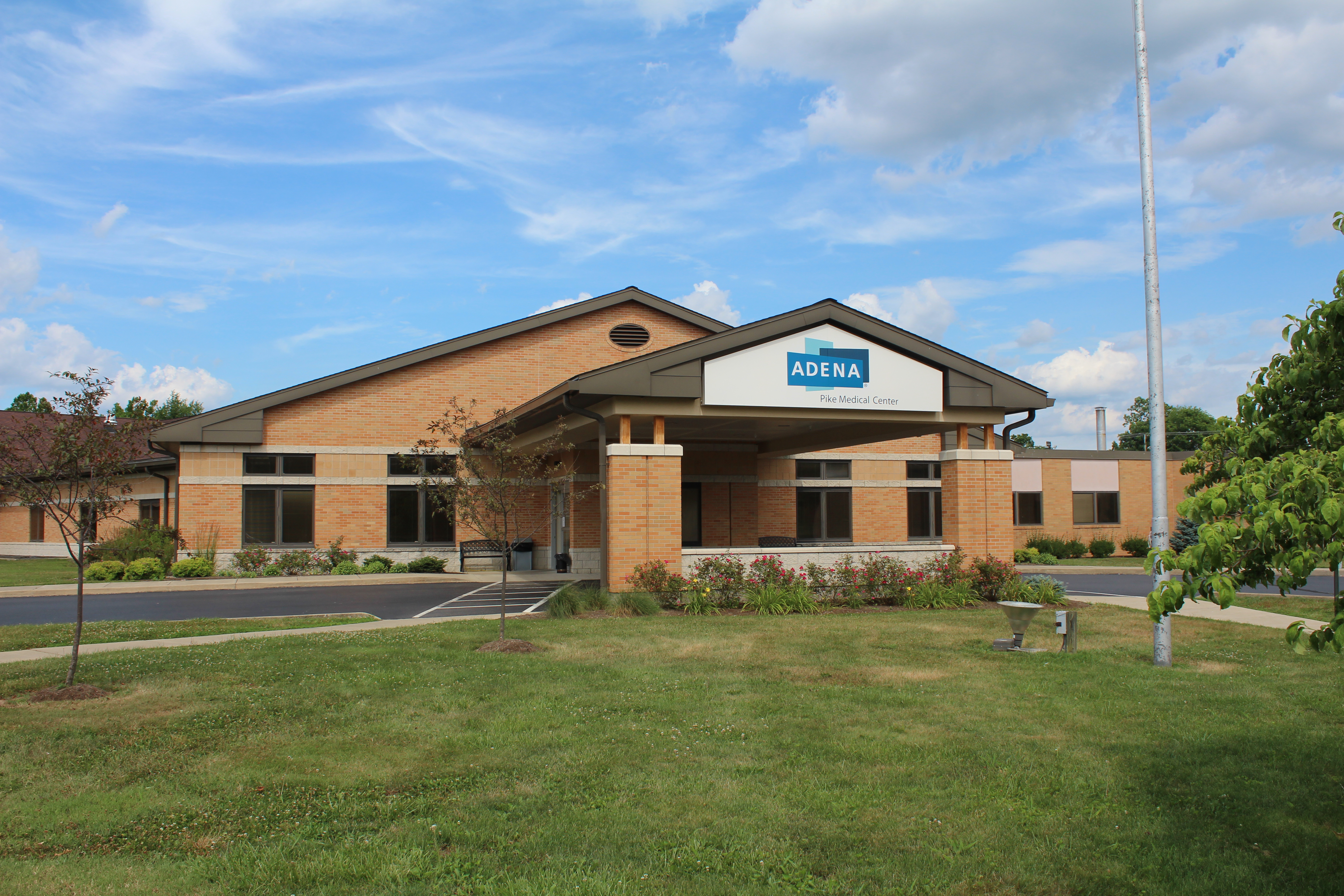Support the Gals!

 Dr. Bryan Borland is a Diagnostic Radiologist who grew up in Chillicothe. His work with Adena patients and clinicians helps determine the best steps for patients who may encounter an abnormal mammogram. His best advice, “Get your mammogram as advised by your doctor. Early detection is key!”
Dr. Bryan Borland is a Diagnostic Radiologist who grew up in Chillicothe. His work with Adena patients and clinicians helps determine the best steps for patients who may encounter an abnormal mammogram. His best advice, “Get your mammogram as advised by your doctor. Early detection is key!”
Your Breast Support: #SupporttheGals
At Adena, we are working to remind people about the importance of regular mammograms. Early detection often leads to the successful treatment, remission and eradication of breast cancer. We’re asking our patients, friends and colleagues to use #SupporttheGals to help promote regular mammography screenings. Using #SupporttheGals in social media posts and texts will let your friends and family know you care about them, and that you want them to be proactive in breast cancer screening.
Sizing Things Up
Did you know the Center for Disease Control (CDC) estimates that only about 66% of women age 40 and older have regular mammograms? “The biggest deterrent in women getting a mammogram is often fear,” says Dr. Borland. “It makes them nervous; they think it’s painful and/or they’ve heard of bad experiences from someone, or on social media.” Although it may cause some brief discomfort, mammograms are nothing to be afraid of, and having regular screenings can help with early cancer detection and treatment. About 12% of U.S. women will develop invasive breast cancer in their lifetime.[1] It is also possible for men to get breast cancer. Breast cancer symptoms can include a lump, or lumps in the breast, abnormal thickening or dimpling of the breast skin, redness, nipple inversion or discharge. Many women may not display symptoms, which is why regular mammograms are essential.
The American College of Radiology(ACR)and Society of Breast Imaging (SBI) recommendsannual mammographic screening beginning at age 40 for women of average risk. Screenings should continue annually as long as you are in good health. Higher-risk women should start mammographic screening earlier and may benefit from supplemental screening modalities. Contact your provider to determine your risk of breast cancer.
Breast Tests
There are two types of mammograms: screening mammograms for initial breast review, and diagnostic mammograms. Diagnostic mammograms are ordered when the initial screening reveals something abnormal in the breast that requires further inspection by a radiologist.
However, the need for a diagnostic mammogram doesn’t mean cancer. The diagnostic screening is for additional clarity, says Dr. Borland. “We use it to assess tissue anomalies and determine one of three steps forward: one, no action; two, monitor any changes at six month check-ups; or three, biopsy the abnormal tissue to see if it is cancerous.” With any diagnostic screening, Dr. Borland works closely with the patient’s oncologist or primary care physician to provide the patient with complete understanding of the diagnostic test results.
Breast Defense
To better serve patients, Adena has invested in the region’s only 3D mammography unit that allows for more accurate breast cancer detection. Also known as tomosynthesis, 3D mammography uses innovative three-dimensional screening technology to help visualize through dense tissues layers. When a patient may be high risk, have dense breasts or previous abnormal screenings, 3D mammography is clinically proven to increase cancer detection by 30-40%.
Breast Factors
If women are at high risk, they should consult their physician and begin mammograms as early as 30 years old. Common high risk factors can be:
- A known family history of breast cancer;
- Having the BRCA1 or BRCA2 gene mutation, or having a first-degree relative (parent, brother, sister, or child) with the gene (based on genetic testing);
- Getting older;
- Increased hormones – due to early menstrual /late menopause start;
- Having dense breasts; or
- Having previous chest radiation therapy (between ages 10 and 30).
Additional, but avoidable, risk factors for breast cancer are:
- Not exercising or being physically active;
- Being overweight or obese after menopause;
- Taking hormones – usually post menopause;
- Reproductive history; or
- Drinking alcohol – studies show that woman’s risk for breast cancer increases with the more alcohol she consumes.
Knowing What’s Breast
If a patient’s diagnostic mammogram does require a biopsy, Dr. Borland works with the patient and her/his physician to select the most effective biopsy procedure. Typical biopsy procedures are either an image-guided biopsy using ultrasound and a biopsy core needle (standard of care). There is also the stereotactic biopsy, which uses a core needle and mammography imaging to guide the needle. Both biopsies take about 20 minutes to perform, and are regularly done in-office. Stereotactic biopsies are often used when breast tissue contains multiple calcifications. Calcifications are small calcium deposits that form in the tissue and are usually benign.
What’s Best for Your Breasts
Breast cancer can be a daunting disease, but survival rates continue to increase due to improved treatments and early detection. “Sometimes, caregivers are so busy caring for others, they neglect their own health,” says Dr. Borland. “Or, people change jobs and may not have insurance to cover the testing -- we see many reasons as to why women do not have their regular screenings.” If patients don’t have insurance, there are assistance programs to help get essential screenings. If you are in this situation, please call Kendra Pollard, Breast Health and Imaging Navigator at 740-779-8665 to learn about available options.
As we recognize Breast Care Awareness month this October, we hope you will remind friends and loved ones to get their regular mammogram screenings by using #SupporttheGals in your social media posts and texts. It’s a great way to show you care.
[1]U.S. Breast Cancer Statistics, BreastCancer.org [website], https://www.breastcancer.org/symptoms/understand_bc/statistics(accessed, 10 September 2020).


Quality of Adena Pike Medical Center’s acute stroke ready care recognized with certification renewal